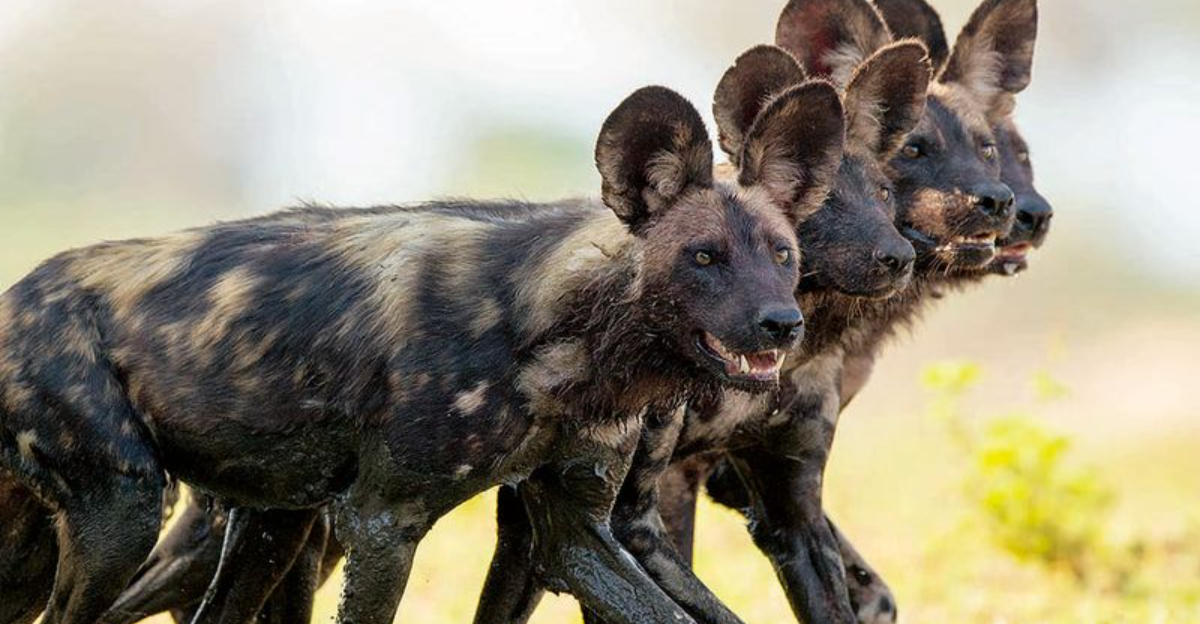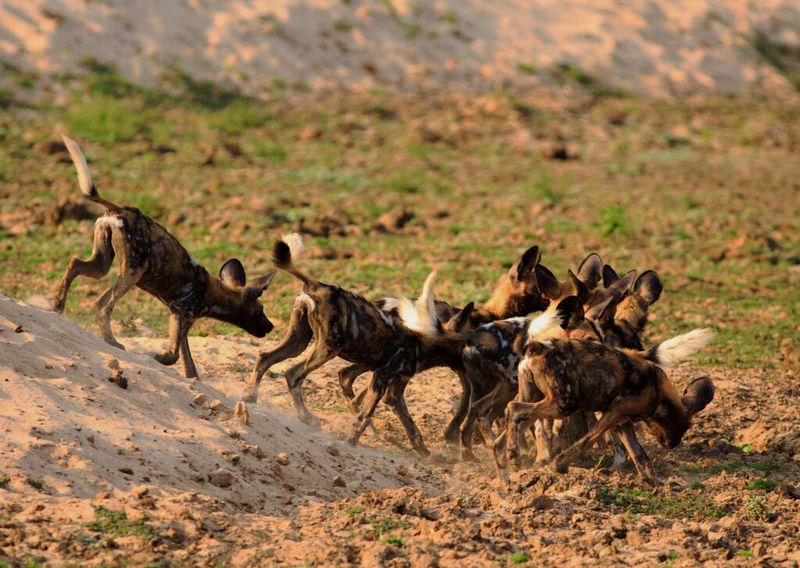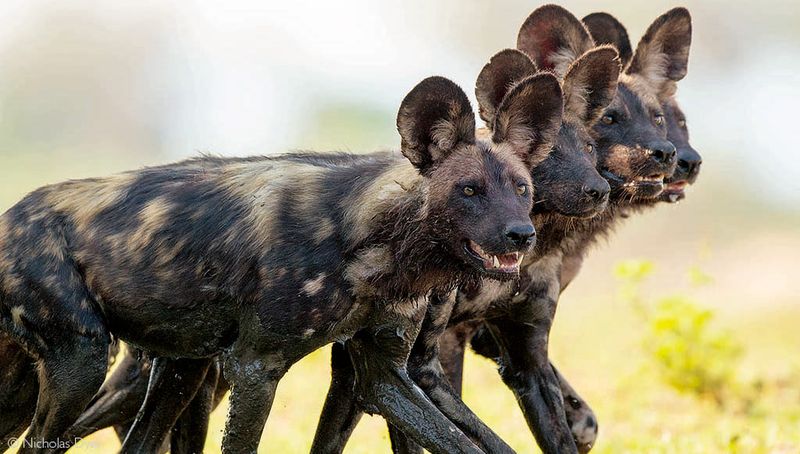African wild dogs, also known as painted wolves, are facing the brink of extinction. With only about 7,000 individuals left in the wild, conservationists are racing to protect these unique creatures. Their survival is threatened by habitat loss, human-wildlife conflict, and diseases like rabies and distemper. Despite these challenges, efforts continue to save them. This article explores different aspects of these efforts, including successful projects, unique traits, and the challenges faced by conservationists. Join us in learning more about the urgent need to protect these fascinating animals.
The Unique Social Structure of African Wild Dogs
African wild dogs have one of the most sophisticated social structures in the animal kingdom. Living in packs of up to 27 individuals, they exhibit strong social bonds. Each pack is led by a dominant breeding pair, with all members participating in raising the pups. This cooperative breeding system ensures high survival rates for the young.
The dogs communicate through a series of vocalizations, body postures, and facial expressions. Their teamwork is evident during hunts, where they rely on speed and stamina. Sadly, this intricate system is being threatened by human activities. Conserving their social fabric is essential for their survival.
Conservation Efforts in Botswana
In Botswana, conservationists are implementing cutting-edge strategies to protect African wild dogs. Utilizing radio collars and satellite tracking, they monitor the movements and behaviors of packs. These tools help in understanding territorial ranges and identifying threats such as poaching and habitat encroachment.
Botswana’s commitment to wildlife conservation is evident in its policies and community involvement. Local communities are educated about the importance of wild dogs, reducing human-wildlife conflict. The success of these projects offers hope for similar initiatives across Africa. Protecting these animals ensures ecological balance and sustains tourism, benefiting the local economy.
The Role of Genetics in Conservation
Genetic research plays a crucial role in conserving African wild dogs. By analyzing DNA, scientists can ensure genetic diversity, which is vital for the species’ health and resilience. Small populations often face inbreeding, leading to genetic disorders.
Conservationists use genetic data to plan breeding programs and manage populations across different regions. This information helps maintain healthy gene flow between isolated groups. Advances in genetic research provide insights into disease resistance and adaptability to changing environments. Preserving genetic diversity is a cornerstone of conservation efforts, ensuring the long-term survival of these remarkable animals.
Impact of Disease on African Wild Dogs
Disease poses a significant threat to African wild dogs, with rabies and distemper being the most common culprits. These diseases can wipe out entire packs, drastically reducing population numbers. Vaccination programs are crucial in safeguarding these animals.
Veterinarians work tirelessly to administer vaccines and monitor health within wild dog populations. Public awareness campaigns help communities understand the importance of disease prevention. Despite the challenges, these efforts are vital in preventing the spread of infections. Ensuring the health of wild dogs is paramount to their conservation, supporting the overall ecosystem’s balance.
Community Involvement in Conservation
Local communities play a pivotal role in the conservation of African wild dogs. By fostering coexistence, they help reduce conflicts and promote wildlife-friendly practices. Education programs teach communities about the ecological importance of wild dogs and the benefits of conservation.
Involving local people in monitoring and protection activities creates a sense of ownership and responsibility. Economic incentives, such as eco-tourism, provide additional motivation for conservation efforts. Community-driven initiatives have shown success in several regions, demonstrating the power of collaboration. Empowering communities ensures the sustainable future of African wild dogs and enhances cultural ties to the land.





